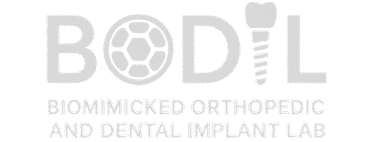Abstract
Dental implants have been identified as one of the most favorite treatment methods for replacing lost teeth. Osseointegration, the formation of bone tissue around a dental implant surface, is considered as the most important factor in the implantation process. Surface roughness of dental implants is one of the main factors influencing the osseointegration process, by directly affecting the cellular behavior at the bone-implant interface through influencing differentiation of mesenchymal stem cells to bone making cells, osteoblasts. Even though many studies carried out to investigate the effects of surface roughness on the osseointegration so far, but there is a lack of report on the important roughness parameters of dental implants and their optimal values. This work aimed at first introducing the most influential surface roughness parameters in dental implants, then quantifying them for four imported brands frequently used by Iranians nowadays. To this end, after making a thorough literature review on the existing articles in this field of research, five surface roughness parameters in dental implants, i.e., arithmetic average height, root mean square, skewness, kurtosis, and area developed ratio, were introduced and highlighted. Then, through employing atomic force microscopy, the five most influential surface roughness parameters were quantified for four well-known imported brands of dental implants, i.e., Novodent, Cowell Medi, Megagen and Dyna dental implants. It was found, in spite of the fact that all brands apparently underwent similar surface modification processes, the values of topographical parameters of various brands were different, which can be due to the existing differences in the values of different variables involved in the surface modification techniques. Considering that all brands are among the well-reputed dental implants, it seems reasonable to use data collected in this research, as a criterion for checking the surface quality of dental implants manufactured in Iran.

